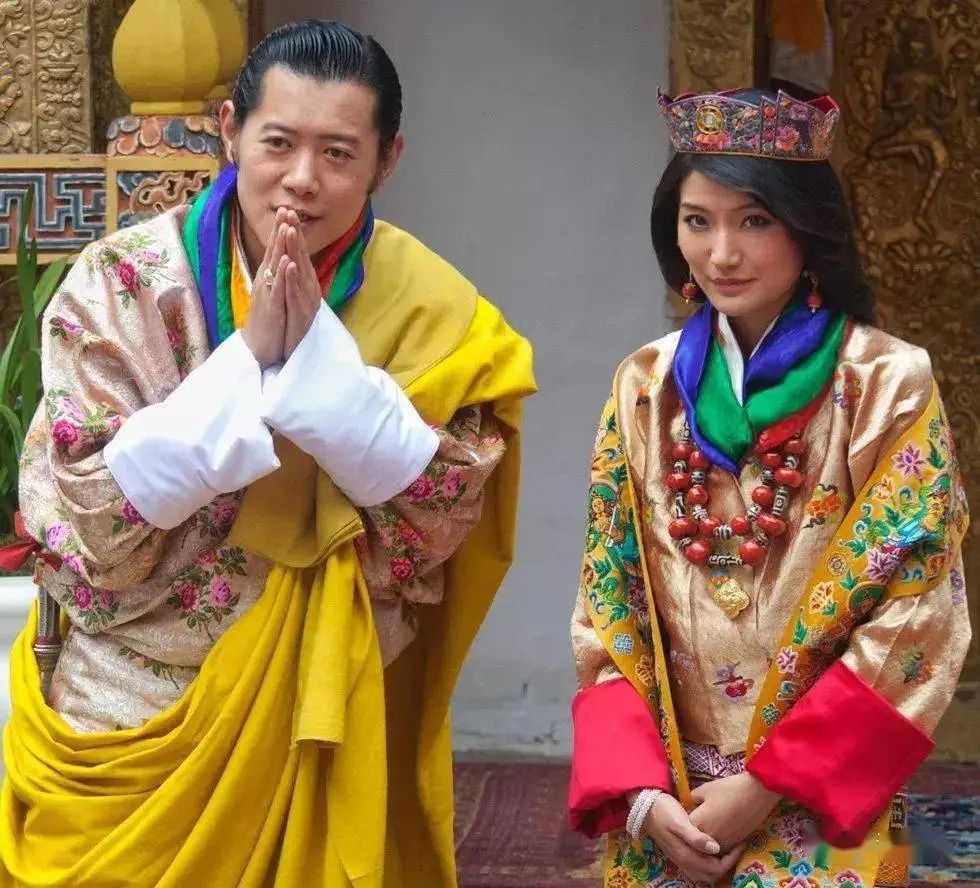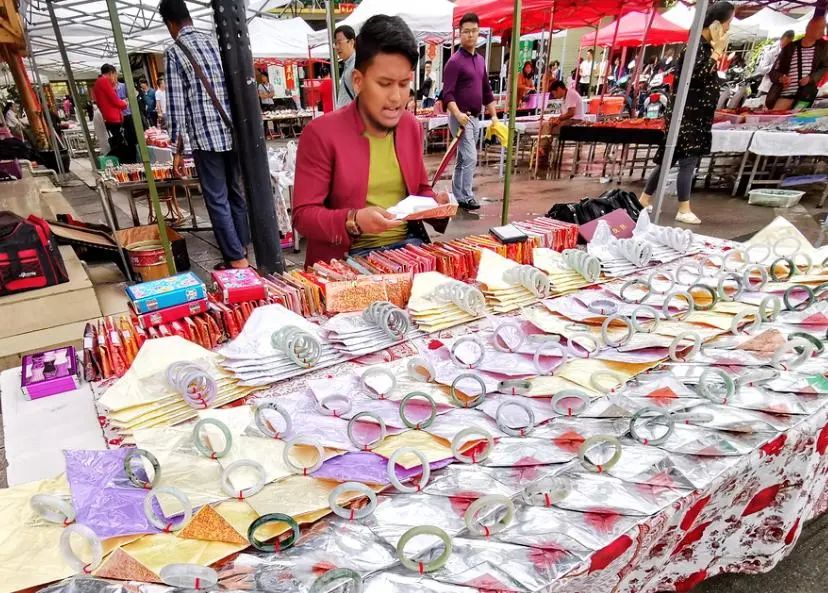Search for information
The Unusual Practice of Polyandry in BhutanIn the unique cultural tapestry of Bhutan, an ancient practice of polyandry, where a woman can have two husbands, has long been a part of the country's social fabric. Although Bhutan officially abolished this polyandry system 37 years ago and adopted a monogamous marriage law, historical and cultural inertia has ensured that traces of this custom still persist in certain regions.
May 15, 2025, 2:53 pm EDT
 Source: Images from the Internet, if there is any infringement, please contact the removal of
Source: Images from the Internet, if there is any infringement, please contact the removal of

China - Australia Trade Recovery Drives Growth in Australian Wine and Lamb Exports
In the year to March 2025, the recovery of China - Australia trade has brought good news to the Australian wine and lamb industries. The export value of Australian wine to China has soared by 1.01 billion Australian dollars to 1.03 billion Australian dollars. The return of leading wine companies such as Treasury Wine Estates has been the key driving force, leading to a 41% increase in the total export value of Australian wine to 2.64 billion Australian dollars.more

Canada Launches Largest - scale Economic Reform since WWII
Canada's Prime Minister Carney has announced the launch of the largest - scale economic transformation since World War II. The core measures include tax cuts for the middle class starting from July (a two - income family can save 825 Canadian dollars annually), the removal of internal trade barriers within the federation, reducing the proportion of temporary workers and international students to less than 5% by 2027more

Myanmar: Vast Fortunes in Jade Exchange Hands Freely
Myanmar, a nation nestled in Southeast Asia, is globally renowned for its extraordinary jade trade, where artifacts worth hundreds of millions of dollars are casually bought and sold, painting a picture of a market like no other.more

'How to Train Your Dragon 2' live-action movie in the works
'How to Train Your Dragon 2' live-action movie in the worksmore

WADA Unveils Stricter New Policy on Therapeutic Use Exemptions (TUEs)
WADA Unveils Stricter New Policy on Therapeutic Use Exemptions (TUEs)more

Moose Sightings on the Rise: Canadian Roads Teeming with Wildlife
In recent weeks, Canadians have been treated to a rather unusual sight - moose roaming freely on the country's roads. The sightings, which have been reported across several provinces, have led to a mix of excitement and concern among locals and authorities alike.more

Romantic Sea, Endless Beauty: The Early Summer Scenery of the Northern Coasts of Portugal and Spain
There are numerous countries with coastlines around the world. But why should Portugal and Spain be your top choices? All the photos in this article are real - life shots of the coastlines of Portugal and Spain.more

Thailand Puts Effort Into First Major Entertainment Complex - Royal Siam Haven
Thailand Puts Effort Into First Major Entertainment Complex - Royal Siam Havenmore

